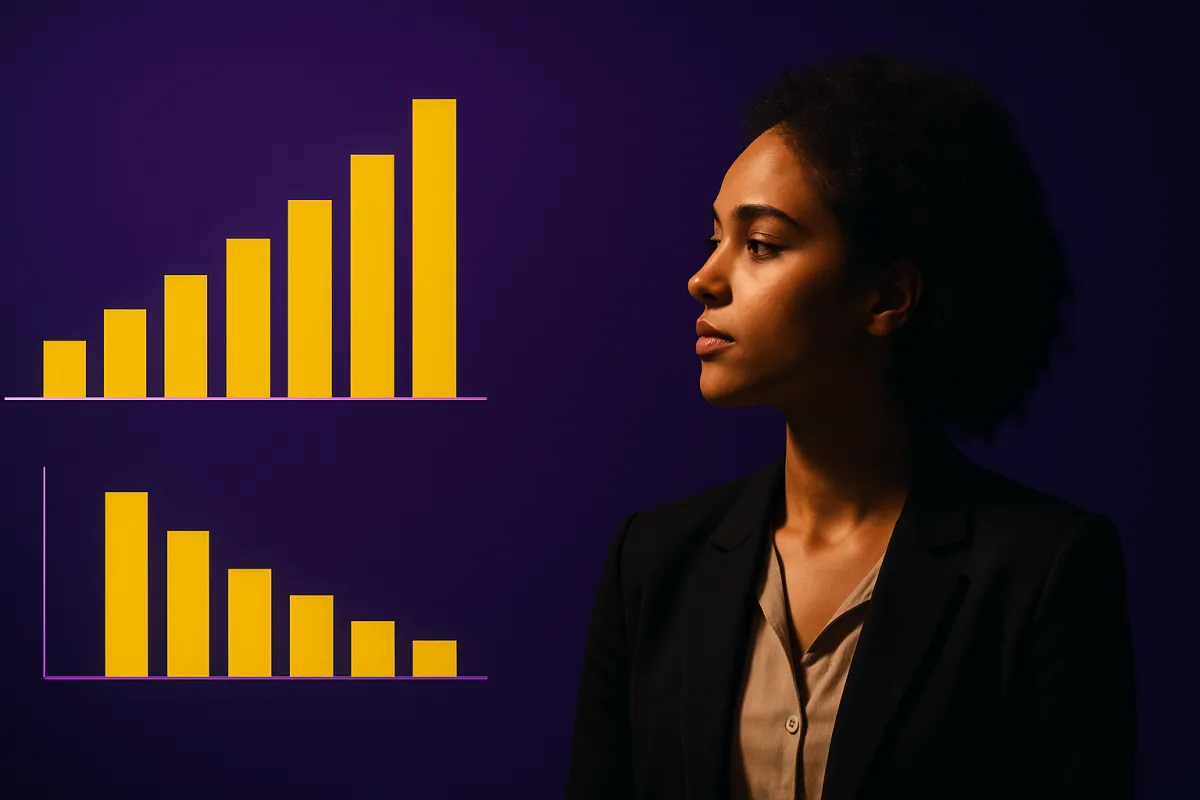By German Tirado, July 28, 2025
Table of Contents
Introduction: The Loyalty Illusion That’s Holding Your Brand Back
What Is the Double Jeopardy Law?
Why the “Brand Love” Theory Falls Apart
Mental Availability: The Key to Being Bought Again
Physical Availability: The Other Half of the Equation
Why Loyalty Is a Byproduct, Not a Goal
What You Should Do Instead: A Science-Based Growth Plan
Common Pitfalls to Avoid
Conclusion: Loyalty Is a Byproduct of Scale—Not a Shortcut to It
Frequently Asked Questions (FAQs)
Works Cited
Introduction: The Loyalty Illusion That’s Holding Your Brand Back

“Big brands have more loyal customers because people love them.”
It sounds comforting. Even flattering.
This idea has fueled decades of marketing strategies, from loyalty programs and emotional storytelling campaigns to community-building efforts on social media. Entire departments are dedicated to nurturing brand love, under the belief that strong emotional connections create loyal, repeat customers, and that loyalty drives business growth.
But there’s a problem: this theory is not supported by evidence.
The data tells a different story. According to marketing science, led by the work of Byron Sharp and the Ehrenberg-Bass Institute, brand loyalty is not the cause of brand size; it’s a consequence of it. Large brands enjoy slightly more loyal customers because they have more customers, not because those customers are emotionally bonded to the brand [HBG1].
This is a crucial distinction. It means that the key to sustainable brand growth is not cultivating deep emotional devotion, it’s expanding customer acquisition, and increasing both mental availability and physical availability across a wide audience. In short: the path to loyalty is through penetration.
Whether you're in B2C or B2B, the laws of brand growth are consistent. Brands with more buyers see more frequent purchases, more retention, and more share of wallet, but not because they’re loved. Because they’re bought often by many.
If your current marketing strategy is anchored in building “loyal fans,” “brand communities,” or chasing high Net Promoter Scores (NPS), you may be missing the actual engine of growth. Instead, focus your efforts where science says it matters most: broad-reach advertising, distinctive brand assets, and category entry points.
This article breaks down the myth of emotional loyalty and lays out a clear, evidence-based roadmap to grow your brand using proven marketing laws, not hopeful assumptions. Let’s separate fact from fiction and build brands that grow, not just brands that feel loved.
What Is the Double Jeopardy Law?
The Double Jeopardy Law shows that brands with larger market share enjoy both more buyers and slightly more loyal buyers, while smaller brands suffer twice, they have fewer customers, and those customers buy less often [The Double Jeopardy Law in B2B shows the way to grow.pdf].
This law is based on decades of data across hundreds of categories, from soft drinks to business insurance. Whether in B2C or B2B markets, the pattern is clear:
Bigger brands = more buyers = higher loyalty (measured by purchase frequency, retention, share of wallet).
Smaller brands = fewer buyers = lower loyalty.
This is not due to some mystical emotional connection. It’s simply math.
Why the “Brand Love” Theory Falls Apart
Despite what some marketers want to believe, there is no separate tribe of “loyal lovers” propping up big brands. There is no special emotional glue.
Yes, people may have preferences, and yes, emotion plays a role in advertising, but it doesn’t explain loyalty. The Ehrenberg-Bass Institute has shown through repeated empirical studies that emotional intensity does not predict long-term purchasing behaviour [HBG1] [BBBH].
Instead, purchasing patterns follow probabilistic laws, people buy from multiple brands, and the more available and salient your brand is, the more likely you are to be one of those.
Put simply: you don’t get loyalty and then growth, you get growth, and loyalty follows.
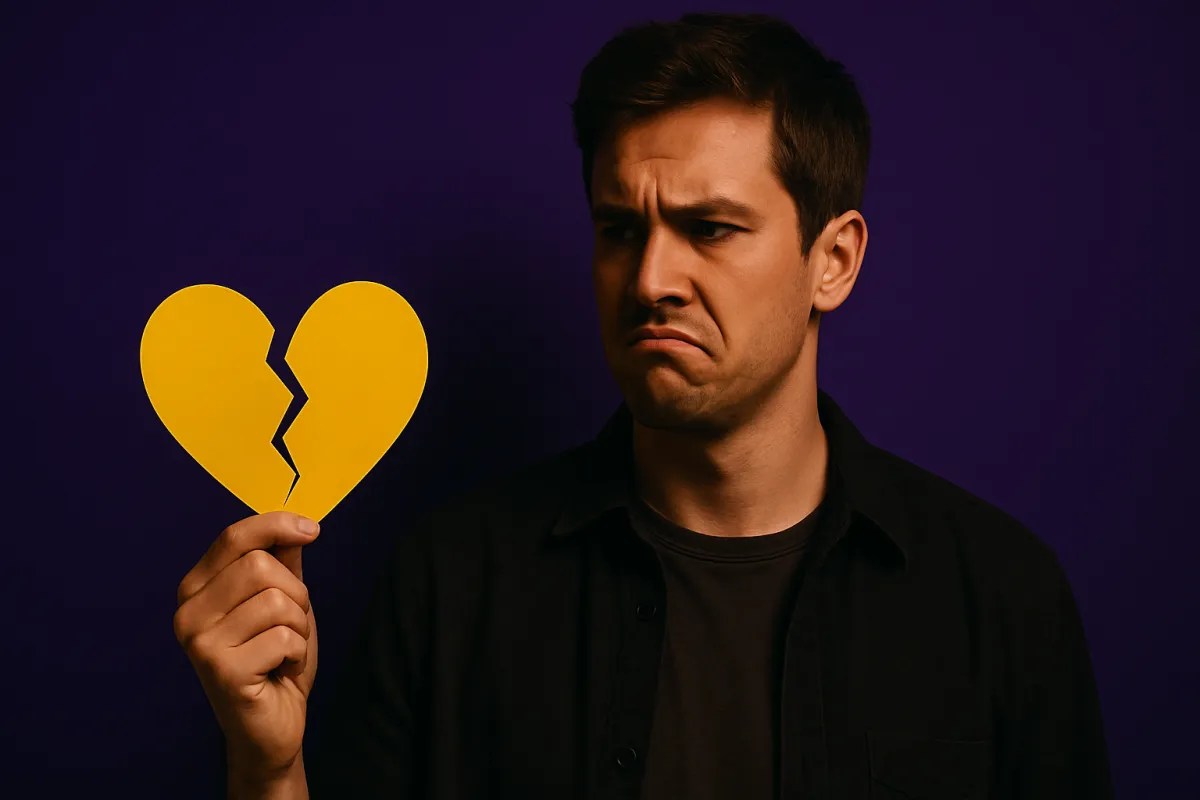
Mental Availability: The Key to Being Bought Again
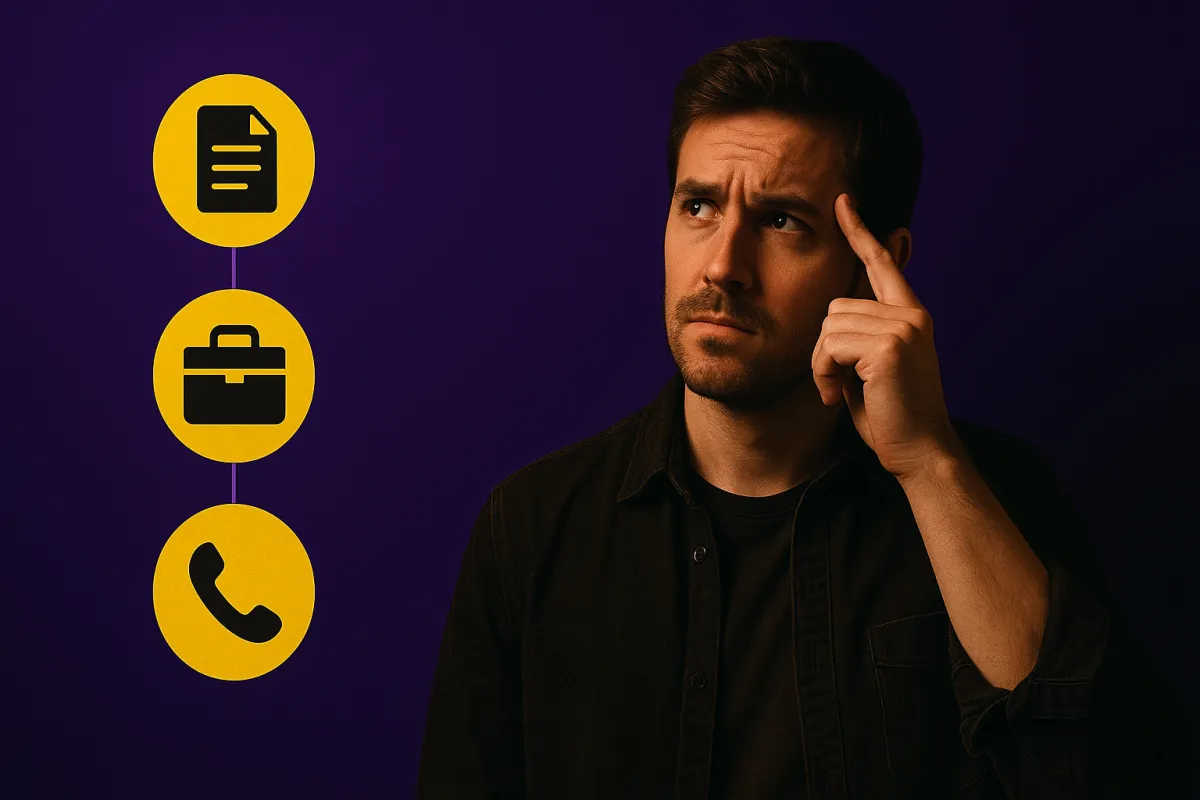
One reason big brands see repeat buyers is because they are easily thought of in buying situations. This is known as mental availability, being linked in memory to a wide range of buying occasions.
These memory triggers are called Category Entry Points (CEPs). For example, in the insurance category, CEPs might include:
When I’m renewing my policy
When I’ve just hired a new employee
When I need fast claims support
Bigger brands are remembered across more of these entry points. Data from U.S. business insurance shows that brands like State Farm have more customers who recall them in six or more CEPs, compared to smaller competitors [Category Entry Points in a B2B World.pdf].
This broader memory structure makes them more likely to be bought, not because of love, but because they come to mind when it matters.
Physical Availability: The Other Half of the Equation
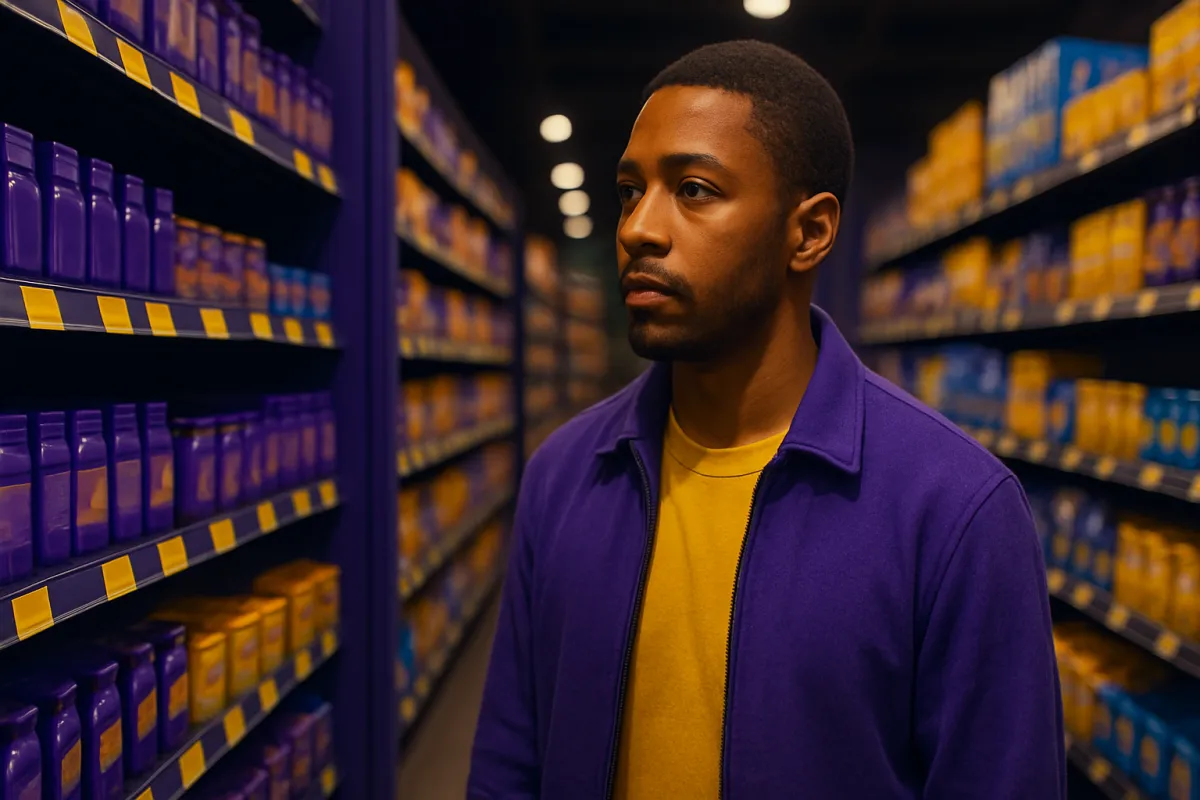
Mental availability must be paired with physical availability, making it easy for customers to find and buy your product.
Big brands dominate shelf space, appear on more search results, are stocked in more locations, and are better represented in distribution networks. This makes it more likely that customers will stumble across them when they need something, and that ease creates repeat buying.
Small brands, with limited distribution and presence, miss out on these incidental purchases. That’s not a lack of loyalty, it’s a lack of opportunity.
Why Loyalty Is a Byproduct, Not a Goal

Too many marketing strategies aim to “increase loyalty” through CRM systems, loyalty programs, or “customer communities.” But the empirical evidence is clear: you can’t build loyalty in a vacuum.
Even in B2B, where purchases are high, value and contracts long-term, the Double Jeopardy pattern still holds [The Double Jeopardy Law in B2B shows the way to grow.pdf].
The real path to loyalty? Acquire more customers. As your brand grows, average loyalty metrics (like retention rate or purchase frequency) rise naturally.
Stop trying to create cults. Build brands that are easy to think of and easy to buy.
What You Should Do Instead:
A Science-Based Growth Plan

Here’s how to grow your brand the scientific way:
1. Focus on Acquisition
Reach new buyers broadly. Don't just “nurture your base.” Even your best customers are also buying from competitors.
2. Build CEP Memory Links
Run creative that links your brand to one specific CEP at a time (e.g., “When I need to reorder office supplies quickly”). Rotate over time to build a wide, fresh memory network.
3. Invest in Broad-Reach Media
Mass media (TV, radio, online video, Meta reach campaigns) works better for memory-building than narrow, hyper-targeted digital tactics [95-5 Rule].
4. Maximise Physical Availability
Be available in more places, formats, and channels than your competitors. This includes shelf presence, online findability, and user experience.
5. Measure Mental Availability
Track brand salience across multiple CEPs, not just brand recall or NPS. Use surveys or third-party brand tracking.
Common Pitfalls to Avoid

Over-reliance on loyalty metrics: These follow size. They do not drive it.
Narrow targeting: It may improve short-term ROI but fails to grow your customer base.
Obsession with differentiation: What matters more is distinctiveness, being recognizable in buying situations [BDA].
Conclusion: Loyalty Is a Byproduct of Scale
—Not a Shortcut to It

If you’ve been taught that brand loyalty is the cornerstone of growth, it’s time to update your mental model. The idea that “big brands are loved, and that love creates loyalty” is a myth, one that has misdirected millions in marketing investment.
The truth, supported by decades of marketing science, is clear: brand loyalty emerges as a statistical byproduct of having more customers. This is the Double Jeopardy Law in action: bigger brands enjoy both more buyers and slightly higher repeat purchase rates—not because of emotional bonds or brand love, but because they’re bought more often by more people [HBG1] [The Double Jeopardy Law in B2B shows the way to grow.pdf].
This has massive implications for how you build and scale your brand.
Rather than pouring budget into CRM schemes, community-building, or brand storytelling aimed at deep emotional resonance, you should shift focus toward customer acquisition strategies that expand reach, build memory structures, and increase brand salience. That means:
Running broad-reach advertising that builds your brand across mental availability triggers, or Category Entry Points (CEPs) [Category Entry Points in a B2B World.pdf].
Investing in distinctive brand assets, your logo, colors, jingle, tone of voice, that make your brand easily recognized across all media and touchpoints [BDA].
Increasing physical availability by making your brand easier to buy, in more places, at more times, and through more channels, online and offline.
Measuring what matters: penetration, mental market share, and CEPs coverage, not NPS, brand “love,” or sentiment scores [BBBH].
If you want brand loyalty, earn it the way big brands do: by being thought of and easy to buy—by more people, more often.
Big brands aren't big because they're loved. They're loved (or at least familiar) because they're big. They've achieved scale through consistent, science-backed marketing that prioritizes availability over emotion, penetration over personalization, and reach over retention.
So let’s retire the myth. Instead of chasing loyalty as a goal, pursue mental and physical availability relentlessly. Let loyalty emerge naturally, as a side effect of smart, scalable, evidence-based brand growth.
That’s how you grow a brand that doesn’t just feel good, but sells well.
Certainly. Here's an SEO-optimized FAQs section for the blog “More Loyalty Comes from More Buyers, Not ‘Brand Love’”:
Frequently Asked Questions (FAQs)
1. Why do big brands have more loyal customers?
Big brands have more loyal customers not because of emotional attachment, but because they have more customers overall. This is known as the Double Jeopardy Law, a proven pattern showing that brands with higher market share also enjoy higher average loyalty simply due to their size and scale [HBG1].
2. What is the Double Jeopardy Law in marketing?
The Double Jeopardy Law states that larger brands not only have more customers but also have slightly more loyal ones. Conversely, smaller brands suffer from a “double hit”, fewer buyers and less frequent purchasing. This law holds true across hundreds of categories in both B2C and B2B markets [The Double Jeopardy Law in B2B shows the way to grow.pdf].
3. Does emotional branding or “brand love” lead to growth?
No. Emotional branding may be creatively appealing, but there is no robust evidence that emotional “brand love” drives repeat purchase or long-term growth. Growth comes from increasing customer acquisition, mental availability, and physical availability, not emotional resonance [BBBH].
4. What is mental availability, and why is it important?
Mental availability refers to how easily a brand comes to mind in buying situations. It’s built by linking your brand to relevant Category Entry Points (CEPs), like “when I’m renewing insurance” or “when I’m short on time.” Brands with more CEP associations are more likely to be recalled and chosen [Category Entry Points in a B2B World.pdf].
5. How can I increase my brand’s loyalty metrics?
Ironically, the best way to increase loyalty is to focus on acquiring more customers. As you grow penetration, loyalty metrics such as repeat purchase rates and retention will naturally rise due to statistical effects. Loyalty follows growth, not the other way around [HBG1].
6. Should I stop investing in loyalty programs?
Loyalty programs can be useful for tactical reasons (e.g., data collection or short-term incentives), but they do not drive long-term brand growth. Your marketing investment is better spent on broad-reach advertising, building distinctive brand assets, and increasing availability.
7. What’s the difference between distinctiveness and differentiation?
Differentiation is about being perceived as meaningfully different (which is rare and often unimportant to buyers).
Distinctiveness is about being easily recognizable and remembered.
Marketing science recommends focusing on distinctive brand assets (like your logo, colours, tagline) to stand out and be recalled at buying moments [BDA].
8. What should I measure to track brand growth effectively?
You should measure:
Category penetration (% of buyers who buy your brand)
Mental Market Share (how often your brand is recalled vs. competitors)
CEPs coverage (number of Category Entry Points your brand is linked to)
Distinctive Asset Salience (recognition of your brand assets)
Avoid over-reliance on subjective metrics like NPS or emotional sentiment.
Works cited
[HBG1] Sharp, Byron. How Brands Grow: What Marketers Don’t Know. Oxford University Press, 2010.
[BBBH] Romaniuk, Jenni. Building Better Brand Health: A Toolkit for Better Marketing Measurement. Oxford University Press, 2023.
[BDA] Romaniuk, Jenni and Sharp, Byron. Building Distinctive Brand Assets: A Practical Guide to Branding. Oxford University Press, 2016.
[95-5 Rule] Binet, Les, and Peter Field. Advertising Effectiveness and the 95-5 Rule: Most B2B Buyers Are Not in the Market Right Now. LinkedIn B2B Institute, 2021.
[The Double Jeopardy Law in B2B shows the way to grow.pdf] Romaniuk, Jenni; Dawes, John; Faghidno, Sahar. The Double Jeopardy Law in B2B Shows the Way to Grow. Ehrenberg-Bass Institute for Marketing Science, 2021.
[Category Entry Points in a B2B World.pdf] Romaniuk, Jenni; Dawes, John; Faghidno, Sahar. Category Entry Points in a Business-to-Business (B2B) World. Ehrenberg-Bass Institute for Marketing Science, 2021.
Address
Phone: 725-240-6870
Email : [email protected]
Address : 6440 Sky Pointe Dr. #140-341 Las Vegas, NV 89131
Artificial Intelligence
Marketing & Branding
Marketing & Branding
©2025 Max Digital Edge | All Rights Reserved
